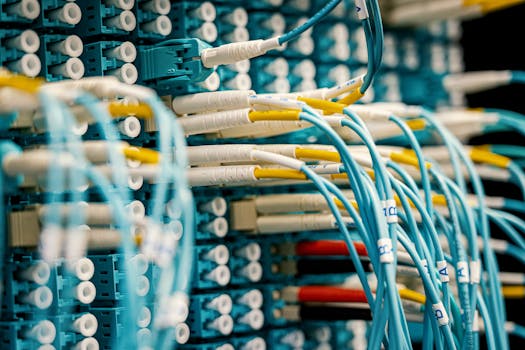
The Next Generation of Connectivity: High-Speed Data Transmission via Flexible Optical Fibers
High-Speed Data Transmission via Flexible Optical Fibers is the future of connectivity, and it’s changing the way we transmit data. The demand for high-speed data transmission has been increasing exponentially, driven by the growing need for faster and more reliable internet connectivity. To meet this demand, researchers and developers have been working on creating new technologies that can support high-speed data transmission. One such technology is flexible optical fibers, which have the potential to revolutionize the way we transmit data.
Flexible optical fibers are made from a thin, flexible material that can be bent and twisted without breaking. This makes them ideal for use in a variety of applications, including data centers, telecommunications networks, and even wearable devices. Unlike traditional optical fibers, which are rigid and brittle, flexible optical fibers can be easily installed and maintained, reducing the risk of damage and downtime.
How Flexible Optical Fibers Work
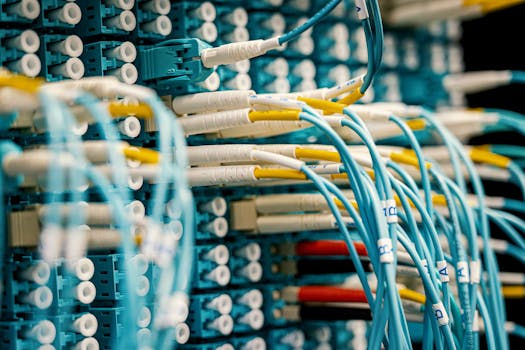
Flexible optical fibers work by transmitting data as light signals through the fiber. The fiber is made up of a core, cladding, and coating, which work together to guide the light signal through the fiber. The core is the center of the fiber, where the light signal is transmitted. The cladding is the outer layer of the fiber, which helps to guide the light signal through the core. The coating is the outermost layer of the fiber, which helps to protect the fiber from damage.
The light signal is transmitted through the fiber using a laser or light-emitting diode (LED). The signal is then received at the other end of the fiber using a photodetector, which converts the light signal back into an electrical signal. This signal can then be transmitted to a computer or other device, where it can be used to access the internet, send emails, or perform other online tasks.
Advantages of Flexible Optical Fibers
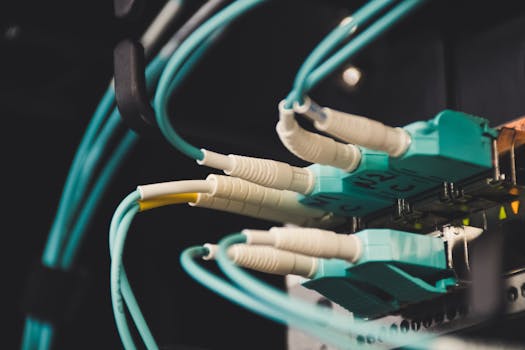
Flexible optical fibers have several advantages over traditional optical fibers. They are more flexible and easier to install, which reduces the risk of damage and downtime. They are also lighter and more compact, which makes them ideal for use in wearable devices and other applications where space is limited. Additionally, flexible optical fibers are more resistant to interference and noise, which can improve the quality and reliability of the signal.
Another advantage of flexible optical fibers is their ability to support high-speed data transmission. They can transmit data at speeds of up to 100 Gbps, which is faster than many traditional optical fibers. This makes them ideal for use in applications where high-speed data transmission is required, such as in data centers and telecommunications networks.
Applications of Flexible Optical Fibers
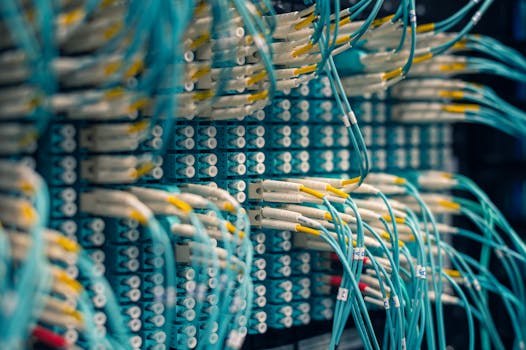
Flexible optical fibers have a wide range of applications, including data centers, telecommunications networks, and wearable devices. They can be used to transmit data between devices, or to connect devices to the internet. They can also be used in a variety of other applications, such as in medical devices, automotive systems, and industrial control systems.
In data centers, flexible optical fibers can be used to transmit data between servers and other devices. This can improve the speed and reliability of data transmission, which can be critical in applications where data is being transmitted in real-time. In telecommunications networks, flexible optical fibers can be used to transmit data between cell towers and other devices. This can improve the speed and quality of wireless networks, which can be critical in applications where high-speed data transmission is required.
In wearable devices, flexible optical fibers can be used to transmit data between devices, or to connect devices to the internet. This can enable new applications, such as smart clothing and wearable sensors. Flexible optical fibers can also be used in medical devices, such as implantable sensors and diagnostic equipment. They can be used to transmit data between devices, or to connect devices to the internet, which can enable remote monitoring and diagnosis.
Conclusion
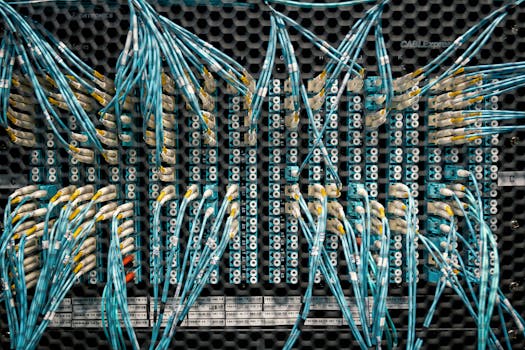
In conclusion, flexible optical fibers are the next generation of connectivity, enabling high-speed data transmission and revolutionizing the future of connectivity. They have several advantages over traditional optical fibers, including flexibility, ease of installation, and resistance to interference and noise. They also have a wide range of applications, including data centers, telecommunications networks, and wearable devices. As the demand for high-speed data transmission continues to grow, flexible optical fibers are likely to play an increasingly important role in meeting this demand.



